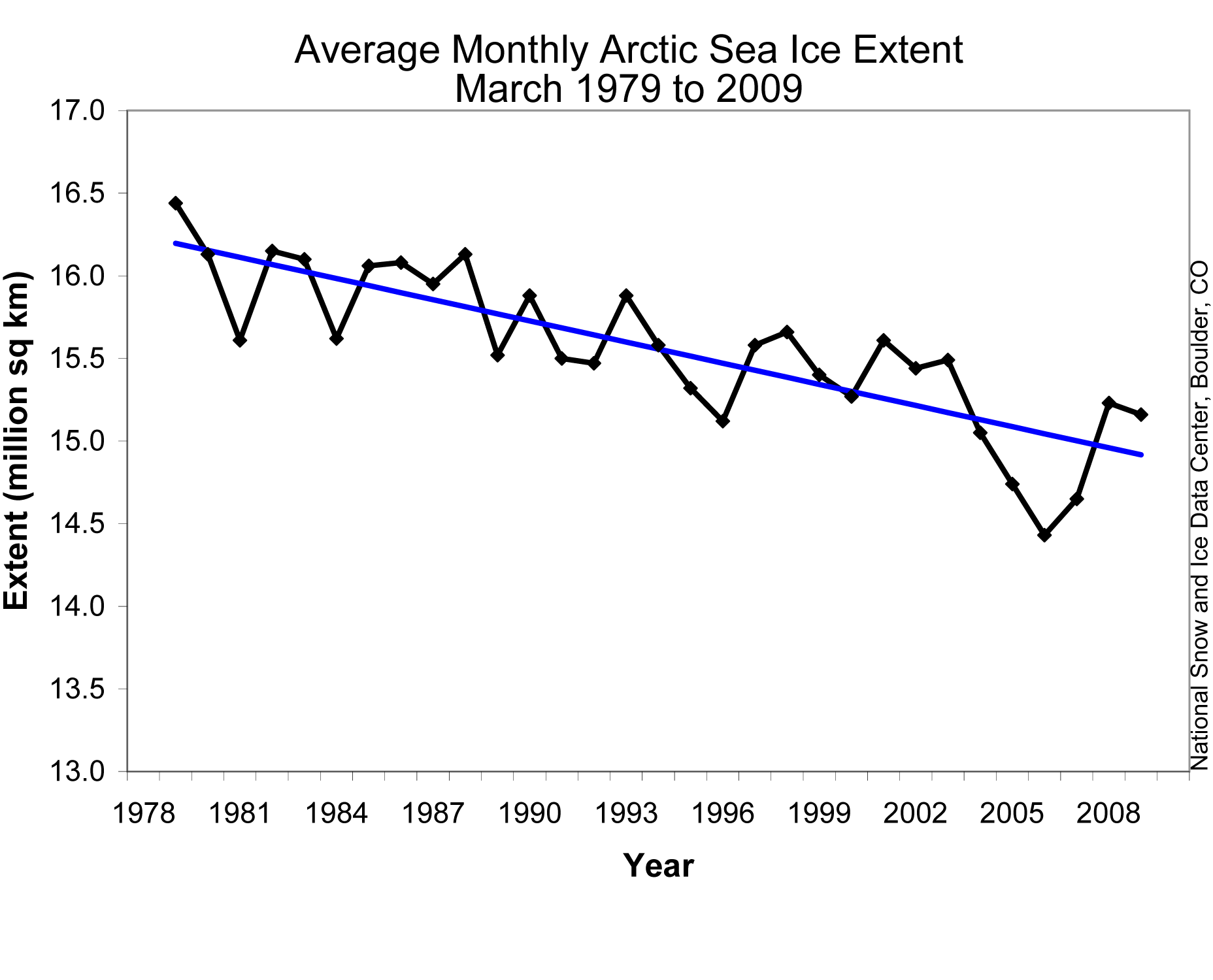The Earth - For Physicists
Posted by John Baez
The -Café is buzzing with activity. It’s frustrating! My pal Minhyong is busy explaining how to visualize the algebraic completion of the rational numbers, and my student Alex is busy introducing us to integral transforms in derived algebraic geometry. But I’m too busy to read any of that stuff. I’m supposed to write a history of the Earth for the British magazine PhysicsWorld by May 1st. And it’s supposed to be 3000 words or less! So each word needs to describe 1.5 million years — a heavy responsibility.
- John Baez, The Earth — For Physicists.
I was asked to write this after someone at PhysicsWorld saw week273, where I was describing mineral evolution. I figure this is a good way to get my foot in the door when it comes to popularizing science. They say I can put a copy on my website when it’s done, so I hope it’s okay to put a preliminary version here, too. I wouldn’t have it any other way.
I’d greatly appreciate any comments or questions. I’ll ask some actual earth scientists to correct my mistakes — so what I really could use most of all is feedback about passages that seem obscure or insufficiently entertaining.
Please don’t ask me to cover more material: there just isn’t room! I’ve focused the article on 4 big events in the Earth’s history: the Big Splat, the Late Heavy Bombardment, the Oxygen Catastrophe and Snowball Earth.


Re: The Earth - For Physicists
Hi
I have not read much yet, but here is a typo. I would have emailed you, but I am at a coffee shop with annoyingly frustrating wifi which doesn’t like my email.
In every case, there in interesting physics involved in testing THEESE theories.